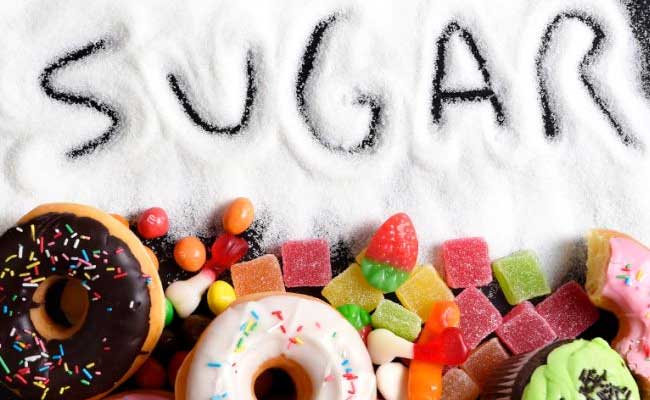
"Our findings provide new evidence that consuming high amounts of sugar can alter your fat metabolism in ways that could increase your risk of cardiovascular disease," said Bruce Griffin, Professor of Nutritional Metabolism at the University of Surrey in England.
The researchers looked at two groups of men with either high or low levels of liver fat and fed them a high or low sugar diet. The low sugar diet contained no more than 140 calories a day worth of sugar - an amount close to the recommended intake - while the high sugar diet contained 650 calories worth.
After 12 weeks on the high sugar diet, the men with a high level of liver fat - a condition known as non-alcoholic fatty liver disease (NAFLD) - showed changes in their fat metabolism that are associated with an increased risk of cardiovascular disease, heart attacks and strokes.

Photo Credit: Istock
Fat metabolism is the biochemical process by which fats are transported and broken down in the blood, and used by the cells of the body. The results also revealed that when the group of healthy men with a low level of liver fat consumed a high amount of sugar, their liver fat increased and their fat metabolism became similar to that of the men with non-alcoholic fatty liver disease.
"While most adults don't consume the high levels of sugar we used in this study, some children and teenagers may reach these levels of sugar intake by over-consuming fizzy drinks and sweets. This raises concern for the future health of the younger population, especially in view of the alarmingly high prevalence of NAFLD in children and teenagers, and exponential rise of fatal liver disease in adults," Griffin added.
The study was published in the journal Clinical Science.
Track Latest News Live on NDTV.com and get news updates from India and around the world

